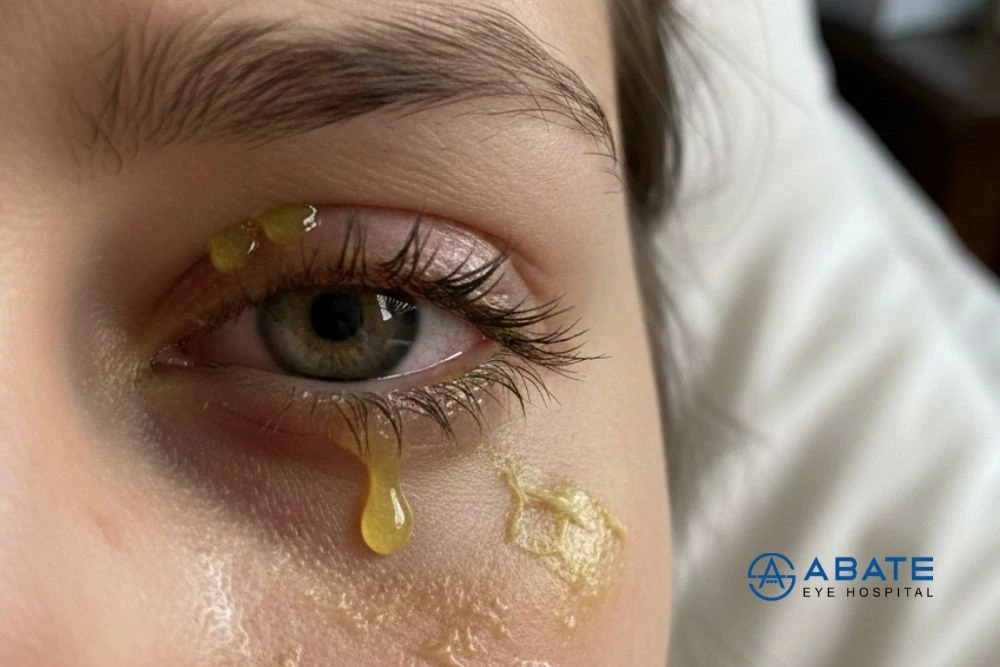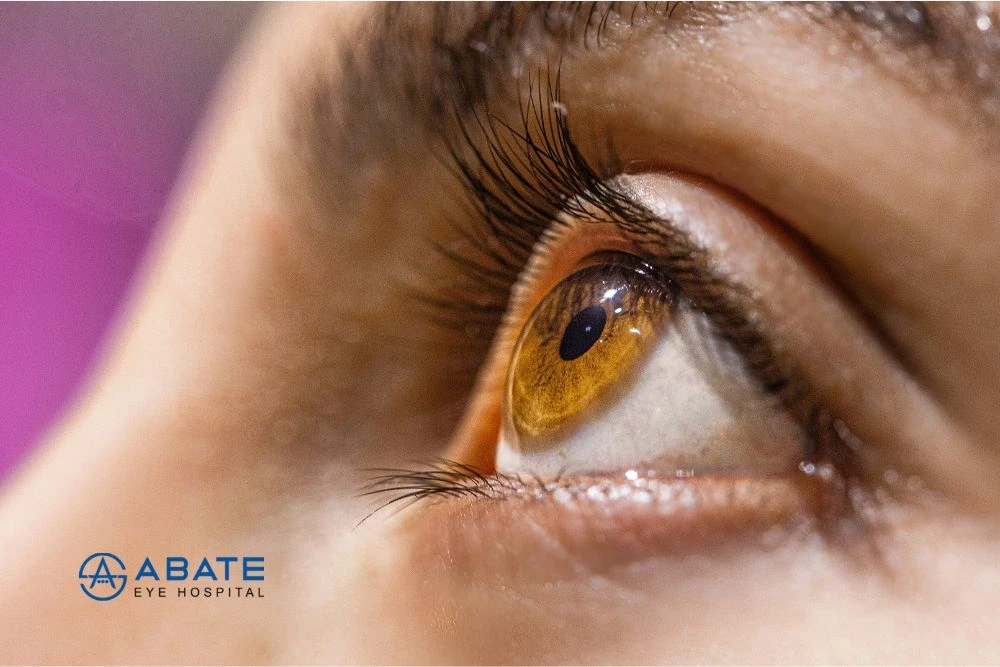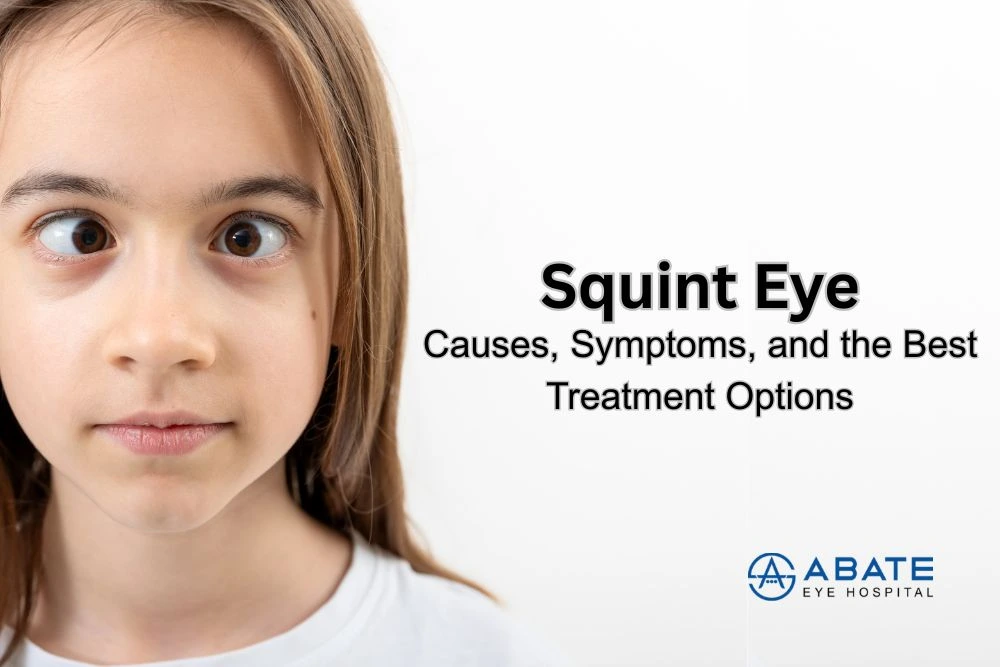Understanding Lazy Eye Syndrome (Amblyopia): Causes, Symptoms & Treatment Options

Amblyopia, the medical term for Lazy Eye Syndrome, is a vision development problem that usually first manifests in childhood. It occurs when one eye fails to achieve normal visual acuity, even with prescription glasses or contact lenses. Even while amblyopia might seem minor, if treatment is not received, it can cause long-term vision issues. Preventing long-term harm requires early identification and treatment. In this blog, we’ll explore what lazy eye syndrome is, what causes it, how to recognize it, and the effective treatment options available. Read the blog by Abate Eye Hospital in Kerala.
What Is Lazy Eye Syndrome?
Lazy eye syndrome is a condition where the brain favors one eye over the other. This causes the weaker eye to wander inward or outward and not work in coordination with the stronger eye. As a result, the brain begins to rely more on the stronger eye, and the vision in the weaker eye deteriorates further. This condition usually develops from birth up to age 7 and is a leading cause of decreased vision among children.Causes of Lazy Eye
Several conditions can cause the development of amblyopia. These include:1. Strabismus (Crossed Eyes)
When the eyes are misaligned, the brain may ignore the input from one eye to prevent double vision. This leads to amblyopia in the ignored eye.2. Refractive Errors
Significant differences in nearsightedness, farsightedness, or astigmatism between the two eyes can cause the brain to rely on the eye with clearer vision, ignoring the other.3. Deprivation Amblyopia
This occurs when something blocks light from entering the eye in early life, such as congenital cataracts. The eye's vision growth is compromised without obvious visual input.Signs and Symptoms
Lazy eye may not always be obvious, especially in young children. But some warning indicators are as follows:- Poor depth perception
- One eye that wanders or looks in a different direction
- Squinting or shutting one eye
- Head tilting
- Frequent eye rubbing or blinking
- Difficulty with tasks requiring hand-eye coordination
Diagnosis
A comprehensive eye exam by a pediatric ophthalmologist is the most reliable way to detect amblyopia. Tests may include:- Visual acuity tests
- Eye alignment tests
- Refraction
- Head tilting
- A complete assessment of eye health
Treatment Options
Amblyopia therapy aims to improve the weaker eye and motivate the brain to utilize it. Common treatments include:1. Corrective Eyewear
Examples of refractive errors that can be fixed with prescription glasses or contact lenses are nearsightedness and farsightedness.2. Eye Patching
A patch is put over the stronger eye for a few hours each day to encourage the weaker eye. Improvements might not show up for weeks or months.3. Atropine Eye Drops
Often, vision in the stronger eye is blurred to make the brain depend more on the weaker eye.4. Vision Therapy
The weaker eye's coordination and visual processing can be enhanced with specialized eye exercises.5. Surgical Options
In cases of strabismus or cataracts, surgery may be necessary to correct alignment or remove the obstruction affecting the eye.Can Lazy Eye Be Cured?
If detected and treated early—ideally before the age of 7—lazy eye can often be corrected with excellent outcomes. In some cases, even adults with amblyopia can benefit from therapy, though the improvements may be limited.Tips for Parents
- Schedule routine eye exams starting at 6 months of age Watch for signs of visual difficulties
- Ensure your child wears their glasses consistently
- Follow your eye doctor’s recommendations for patching or drops
- Encourage visual activities and screen-free time


